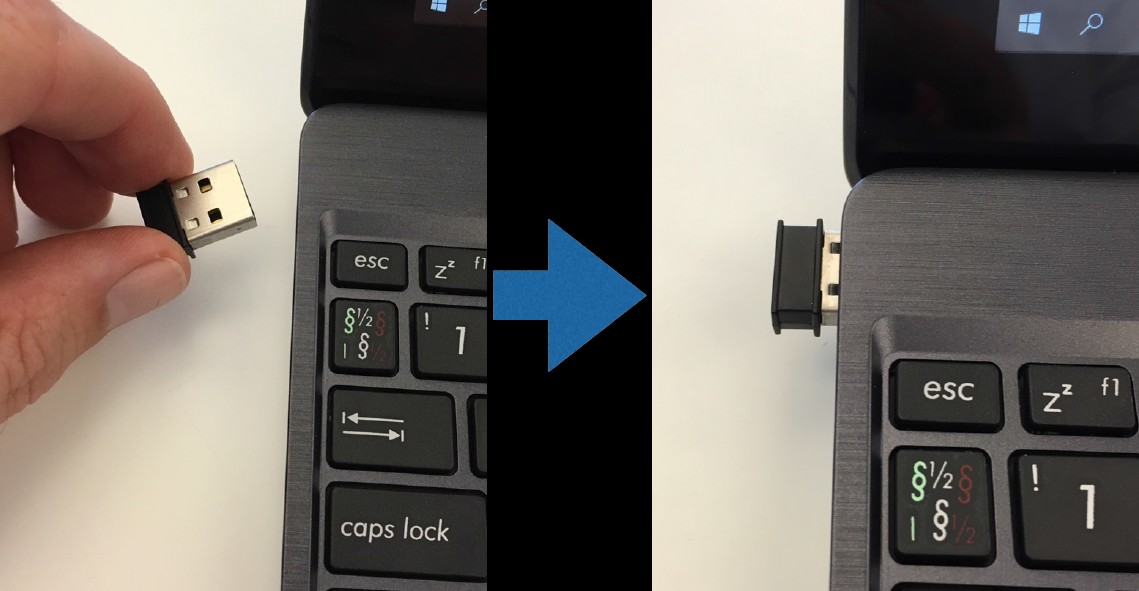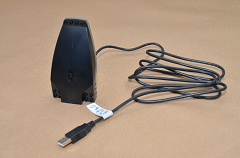
UZB is the smallest Z-Wave USB stick in the market.

Running old, unsigned 32-bit drivers on Windows 10 presents a nearly impossible set of hurdles just to push a few bytes to a brick. I maintain a fork of NQC, for example, and I'm pretty sure I'll never try to get the USB tower part of that updated for Windows 64-bit. Another option is to find a classic serial tower and use a USB to serial dongle. UZB is the smallest Z-Wave USB stick in the market. This USB stick connects a PC or any other computing platform with USB interface to a wireless Z-Wave network. A controller software compatible to the Silicon Labs Z-Wave Serial API (for example Z-Way) is required to use the functions of the device. This article provides instructions for installing the necessary drivers to use the RCX USB tower with ROBOLAB for LabVIEW. These instructions have been tested on Mac OS X 10.9 and 10.10 as well as 32-bit and 64-bit Windows 7. For RCX USB tower support 1. Install LabVIEW for LEGO MINDSTORMS and/or the relevant MINDSTORMS add-on. If you now turn on your NXT brick and plug the USB cable into it and into the PC you should see Windows 7 trying to install the correct drivers. Once completed you should get the following message: If you have a look in the Device Manager (in Control Panel System) you should see the newly installed LEGO MINDSTORMS NXT item. When you plug the device into your USB, Windows will look for the associated driver, if it cannot find this driver then you will be prompted to insert the driver disc that came with your device. Common USB Device errors are ‘ usb port not working ‘, ‘device descriptor request failed error’ or ‘bugcodeusbdriver’ issues.

This USB stick connects a PC or any other computing platform with USB interface to a wireless Z-Wave network. A controller software compatible to the Silicon Labs Z-Wave Serial API (for example Z-Way) is required to use the functions of the device. This software plus this UZB realise a static controller to manage and use Z-Wave devices of various vendors. This stick works with all certified Z-Wave devices regardless of its vendor or date of origin. The Silicon Labs Z-Wave Serial API specification is available to all owners of a Silicon Labs Z-Wave SDK.

The device implements a virtual serial interface used by the Z-Wave application. Linux and Mac OSX has a built in device driver for the stick and will create a new device named like /dev/ttyACM0 (Linux) or /dev/cu.usbmodemfa131 (OSX). Windows enumerates a new COM port device but might require a device driver uzb.inf available below.
UZB supports Z-Wave Security S2 and Smart Start technologies.
Compared to the standard firmware design used by almost all Z-Wave USB Sticks and other Z-Wave Host Interface hardware, the UZB firmware offers several extensions and enhancements:
- Backup and recovery function including network topology
- Optimised transmitting queue handling to speed up transmitting process
- Firmware update from the OS level in the field
- Trusted Platform module applying strong encryption
- Extended Wakeup Notification to extend battery life time of battery-operated devices in the network
- Advanced statistics about network actual usage
- Allows switching frequencies from software
UZB can be used together with Z-Way software (a license might be required) or any other third party software that uses Z-Wave Serial API. There are firmwares for static controller (for Z-Way and most of third party software) or bridge (for Z/IP). UZB supports firmware upgrade feature.
The UZB comes in three different versions depending on the transmitting frequency used:
- ZMEEUZB: Version for all frequencies around 868 MHz (EU, Russia, India, China — default is EU).
- ZMEAUZB: Version for all frequencies around 921 MHz (Australia, Brasil, Japan, Korea — default is Australia/Brasil)
- ZMEUUZB: Version for all frequencies around 908 MHz (USA, Israel — default is USA)
Drivers Lego Usb Devices For Sale
Please check what frequency range you need. You may need to change the frequency within the frequency group using a shell script tool or Z-Way. For more information about technical data an the different operating frequencies please refer to the UZB manual.
